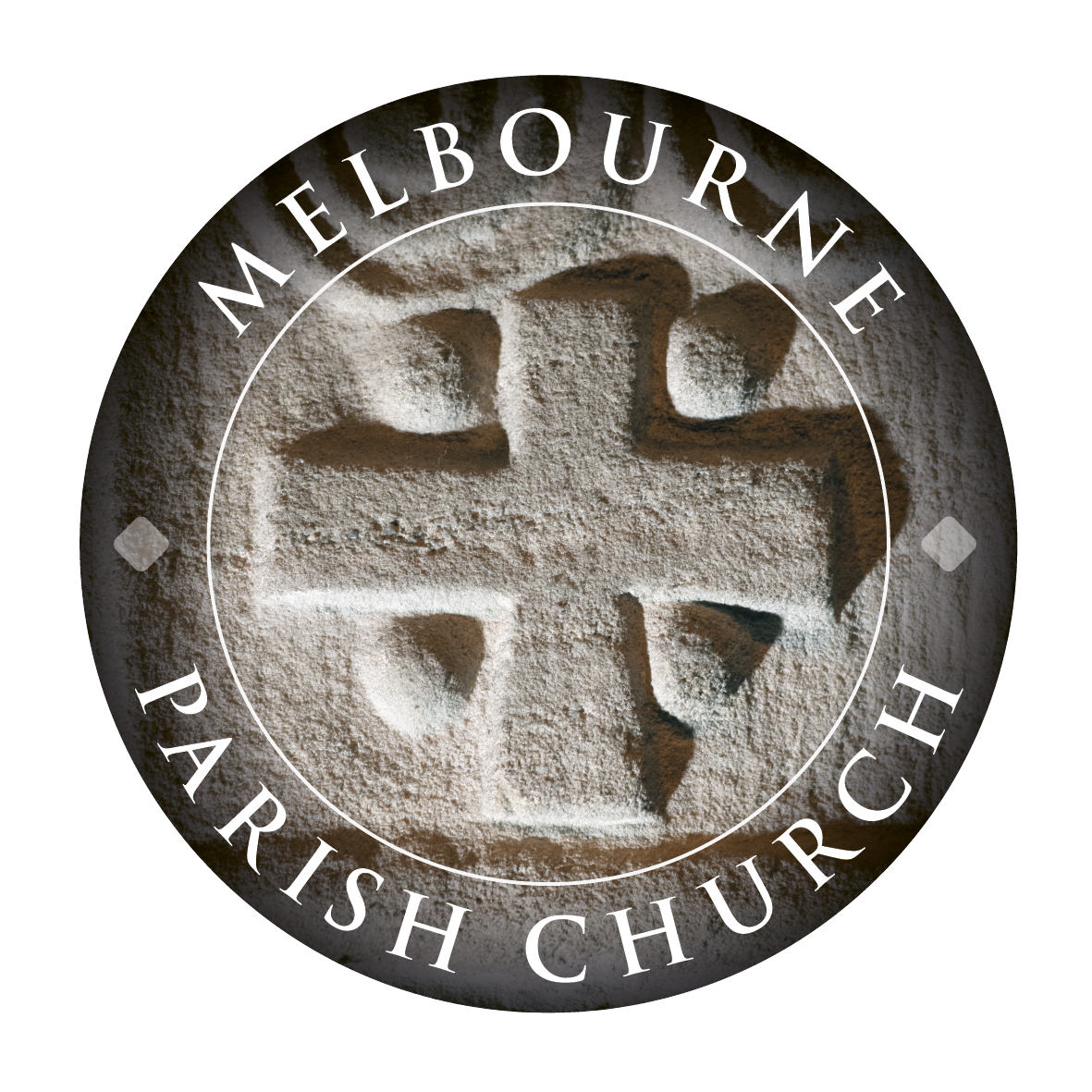The Organ
Brief history
The origins of the present instrument go back to about 1860 when a two-manual organ was built for the church by Bevington and Sons. The action was mechanical, and the console, being an integral part of the organ, was at the front of the organ gallery in the south transept. The mechanical action survived until 1956 when a new detached console was built in the north side of the chancel and direct-electric action was installed. This work was carried out by Kingsgate, Davison and Co. and incorporated several far-reaching modifications. The compass of the manuals was increased from 56 to 61 notes, and an extension technique was used to produce larger Pedal and Great departments. This, together with some revoicing of the pipework, gave the instrument a certain romantic character.
Towards the end of the l970s the lever-arm magnets in the electric action had become very noisy and unreliable. There were also distortions in the soundboards which were causing certain ranks of pipes to be nearly untunable. In 1981 a programme of work was begun with the aim of radically improving the mechanical efficiency of the instrument and improving the projection of tone into the nave.

